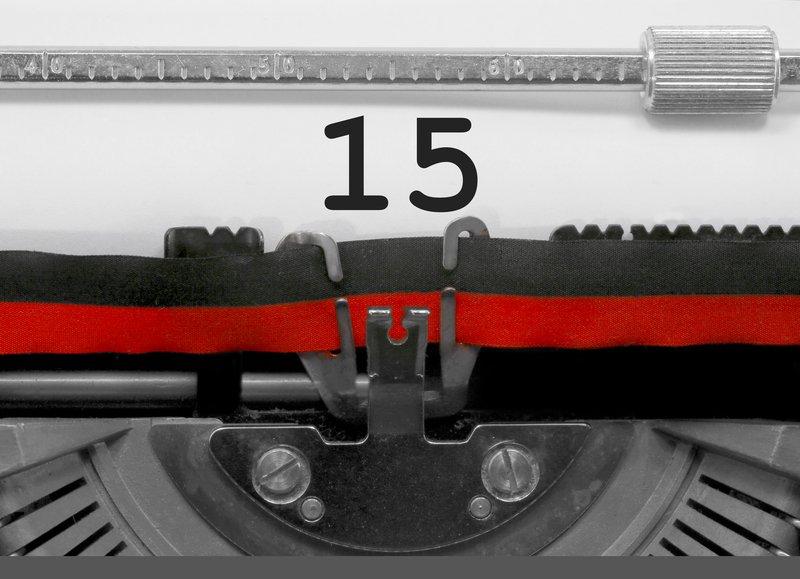The final chapter of your business may be upon you, concluding with the voluntary closure of your company. There are many reasons why a business may come to the end of a fruitful, or less productive life, with financial health often playing a primary factor.
Whether your company is solvent, or insolvent directly determines the company closure routes available to you.
Jonathan Munnery, a company liquidation expert at UK Liquidators, the largest UK company liquidations provider, explains how to close a limited company with the best outcome for the business and its shareholders.
What exit routes are available to a limited company?
If your limited company is solvent and cash or asset-rich, an MVL is a highly tax-efficient procedure that may be suitable. While there are costs involved with an MVL, this route is often the most tax efficient due to the associated tax treatment.
You can read the government’s guide to winding up your limited company here.
Members’ Voluntary Liquidation (MVL)
A Members’ Voluntary Liquidation is a formal company liquidation procedure for solvent companies. For the route to be cost-efficient, it’s advised that the company must have £25,000 or more in retained profits.
During an MVL, your appointed licensed insolvency practitioner assumes control of the company, settles any creditor claims, extracts profits, makes capital distributions and closes the company.
If your company is insolvent and you wish to make a tax-efficient exit, a Creditors’ Voluntary Liquidation is a potential route that an insolvency practitioner can guide you through.
Creditors’ Voluntary Liquidation (CVL)
A Creditors’ Voluntary Liquidation is a company closure route for insolvent limited companies. During a CVL, the liquidator takes stock of company debts, raises funds to repay creditors and brings the company to an end.
While it’s essential to take breathing space to consider your options, any prolonged delays can give disgruntled creditors the opportunity to apply pressure on your insolvent business and pursue legal action, such as a winding up petition.
Compulsory liquidation – An inevitable end
If your company has racked up serious business debts and persistently misses payments as and when they fall due, it’s likely that a creditor could suspect that your company is insolvent and take serious action.
A company is considered insolvent if it cannot afford company debts as and when they fall due.
A creditor may issue a winding up petition, which is a legal request to the court to issue a winding up order, which if successful, can result in the compulsory closure of your company. If your company closes under these terms, you’ll have limited control over the process.
Free Tide Business Bank Account - £50 Cashback!

Open a free business current account to qualify + enjoy 12 months free transactions. Read our Tide review.
If you wish to take control of company affairs, you must act fast or otherwise risk the likelihood of compulsory liquidation. It’s possible to challenge a winding up petition in the following ways:
- settle the debt in question
- negotiate a repayment agreement
- request a hearing adjournment to consider your options
- enter formal insolvency proceedings
If company rescue is realistic, a licensed insolvency practitioner can advise on a range of formal insolvency procedures.
If your company has no value in the form of cash or assets, consider company dissolution/strike off to bring your business journey to an end.
What about if you’re a sole trader?
The ByteStart team added this final section.
The options described above apply to limited companies. Sole traders cannot go into liquidation. If you’re self employed, your business and personal finances are treated as one.
As a result, if you want to close down your sole tradership and have no debts, there are some simple steps to follow. Read this concise HMRC guide, which tells you everything you need to do. You may be able to claim BADR in some cases.
If your sole tradership is insolvent, several options are open to you, including looking at informal arrangements with your creditors, an Independent Voluntary Arrangement (IVA), or even bankruptcy as a last resort.










